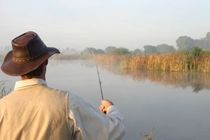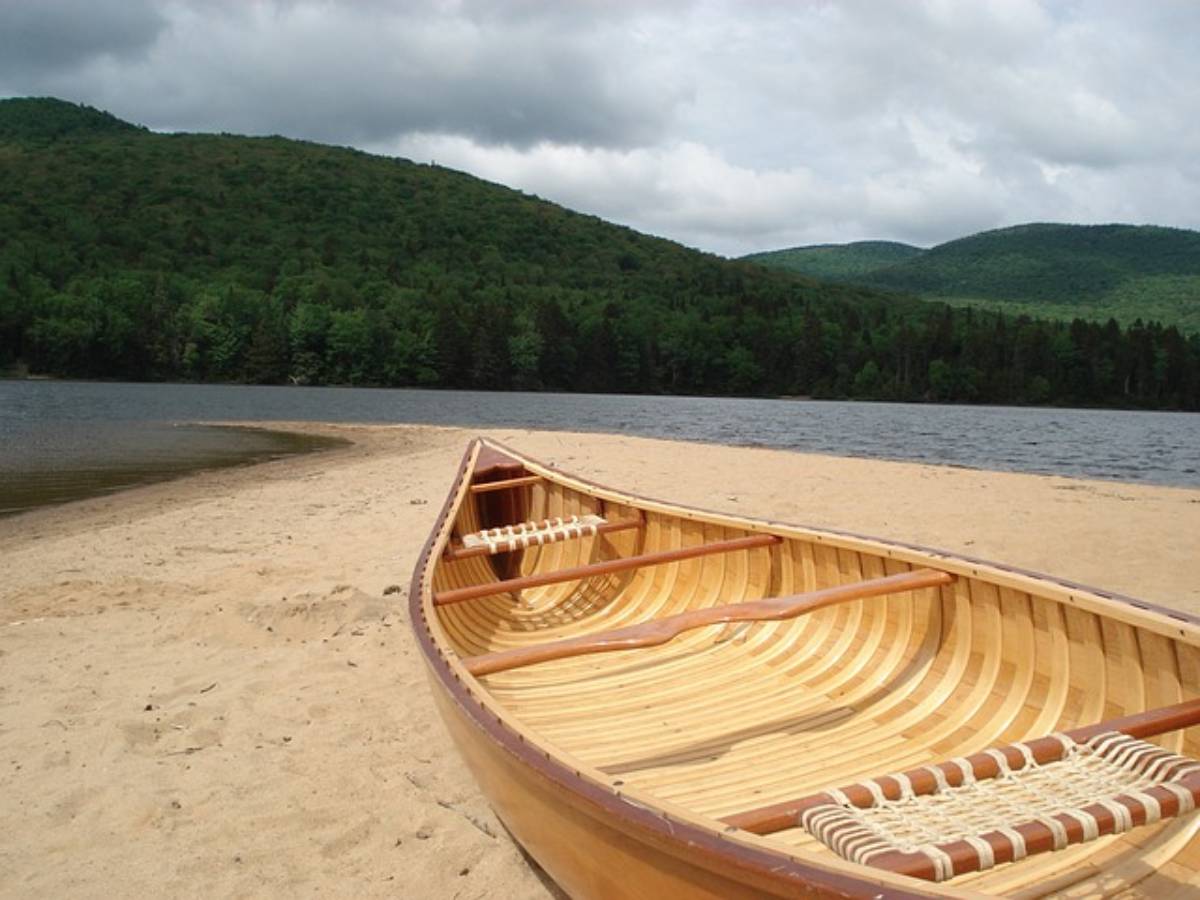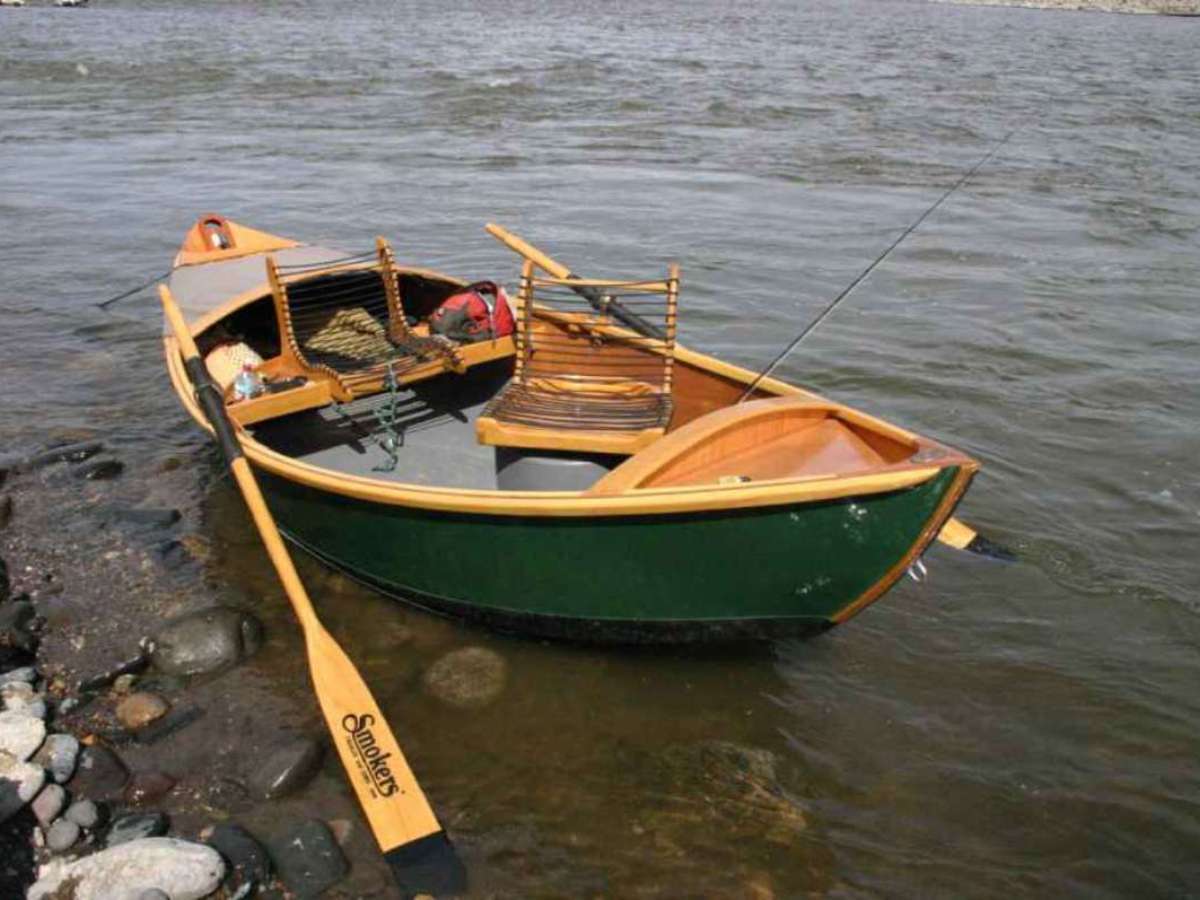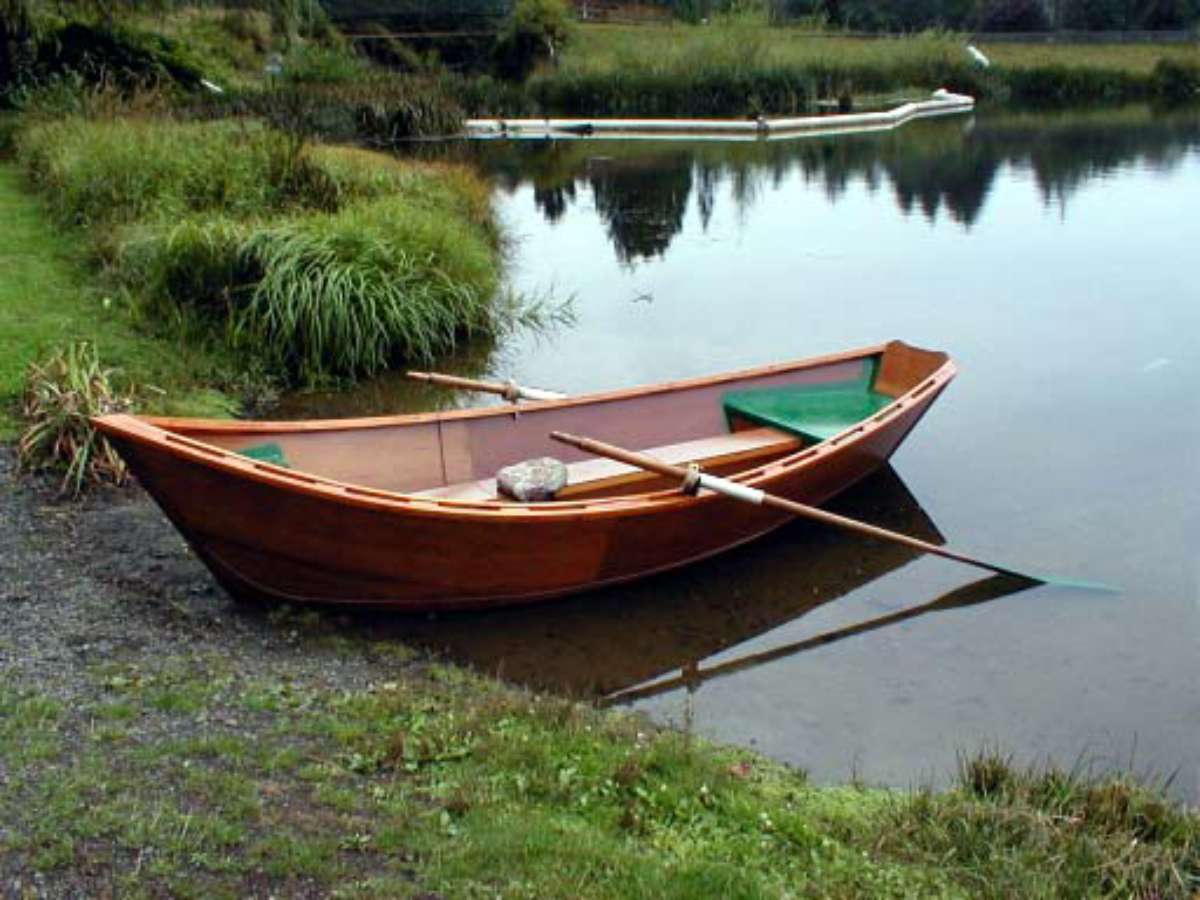 Can you picture yourself standing on the bank of a stream and casting a fly into a quiet eddy?
Can you picture yourself standing on the bank of a stream and casting a fly into a quiet eddy?
You do this a few times, then suddenly a fish strikes. It’s a good size and the fight is on!
To experience this scenario, you’ll need to find a good fly fishing rod.
It isn’t difficult to select a fly fishing rod, but there are a few things you need to know first like:
- length of the rod
- weight of the rod
- action of the rod
Graphite Rods Are Best
At one time, fly fishing rods were quite heavy. Today, most of them are made of graphite.
The benefits of graphite fly fishing poles are:
- They’re strong and durable.
- They’re lightweight.
- They will cast your fly consistently.
- Most manufacturers offer a lifetime warranty. (When purchasing your fly fishing rod, be sure to buy one that has this type of warranty.)
Graphite rods are highly recommended for beginners. These fly fishing rods range in price from $30 to more than $1,000. The average rod with a lifetime warranty is in the $100 range.
Length
Fly fishing rods range in length from 6 to 10 feet. The average length is 9 feet, which is the perfect length for most anglers who are just beginning to fly fish.
- A shorter rod may be needed if you will only be casting a short distance where there is a lot of undergrowth, shrubs and trees.
- A longer rod may be used for casting long distances when you’re fly fishing in an area with no obstacles.
Fly fishing manufacturers produce rods in pieces so they can be easily transported and stored. These rods work well. The piecing in no way deters from their performance and they are easily broken down after you’ve made your catch and are heading home for the day.
Weight
When you fly fish, you cast a fly to a certain area in order to catch fish. The fly on the end of the line is light. In order to cast it, the line must have weight. Fly fishing rods are specifically designed for a certain weight of line.
- Weight rods of 5 and 6 are good all-purpose rods.
- Weight rods 7 and up are for catching larger fish.
- Rods 2, 3 and 4 are designed for smaller fish.
If you plan to fish only lakes, rivers and streams, then a good fly fishing rod is a 5 weight. After you become an experienced fly angler, another rod can be purchased to catch larger fish such as salmon, muskie and steelhead.
Action
The action of a fly fishing rod is where the rod bends when there is weight on the end of the line. Fly fishing rods come in fast, medium and slow action.
- A fast rod is stiff and it bends in the last third, near the point. These types of rods provide power for casting long distances.
- A slow action fly rod bends nearest the reel. These are not great for casting long distances.
- A medium action fly rod bends in the middle.
A fast action fly rod is best suited for beginners because they are most accurate if you’re casting long distances. However, it is easy to break the tip of these rods if the fish is not landed correctly.
Always cast a fly fishing rod before you purchase it. This will allow you to get a fly fishing pole that matches your casting style perfectly.
The best fly fishing rod for most beginners is generally a fast action 9-foot graphite fly rod made for a 5 weight line.
Good luck and have fun!



